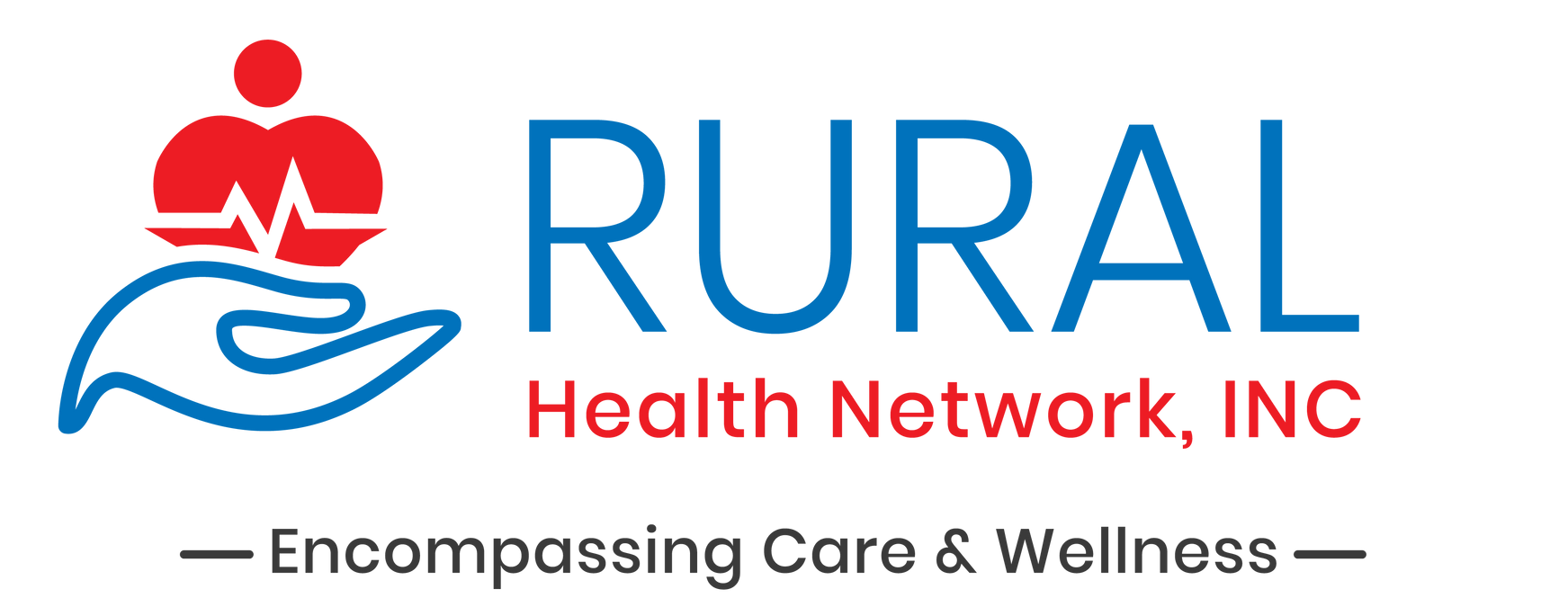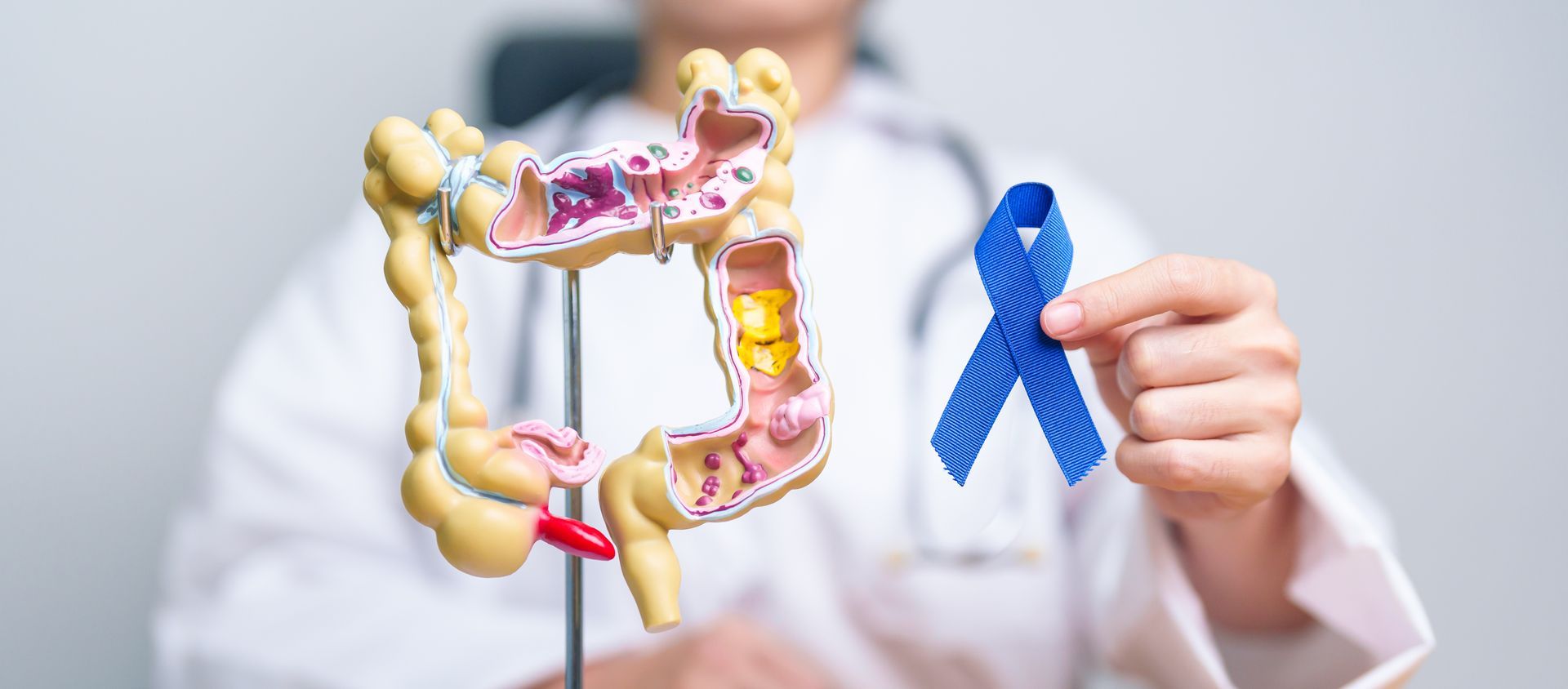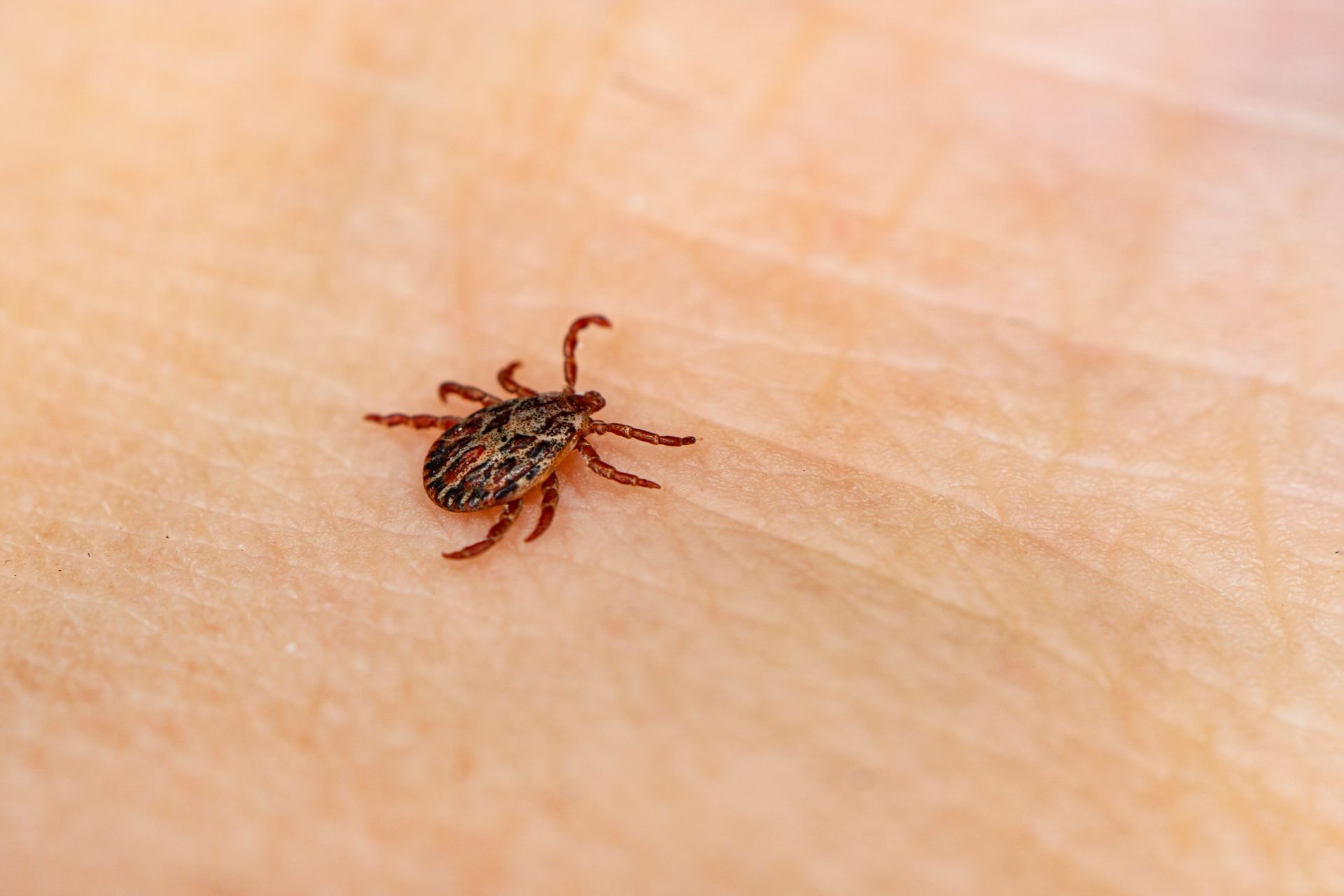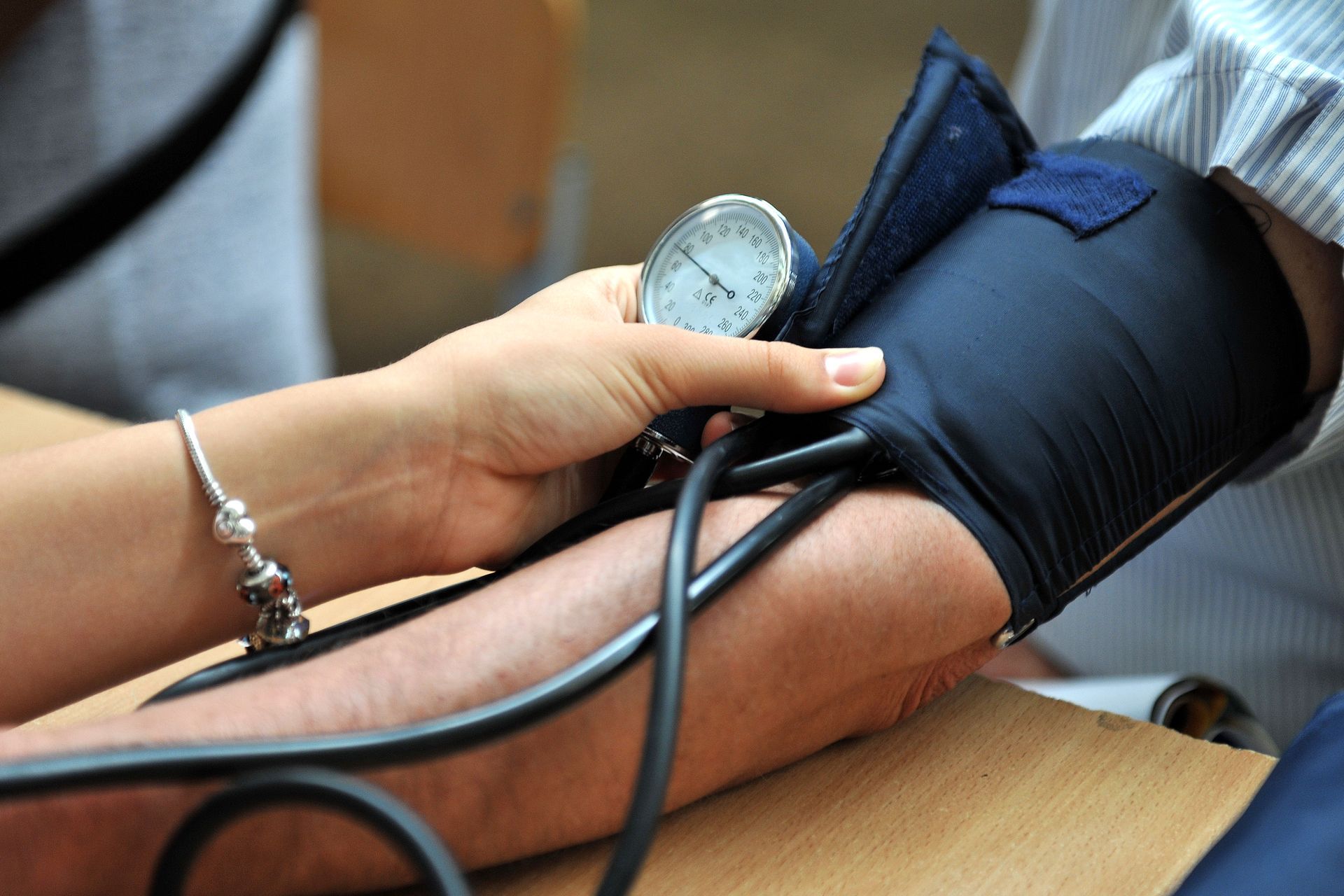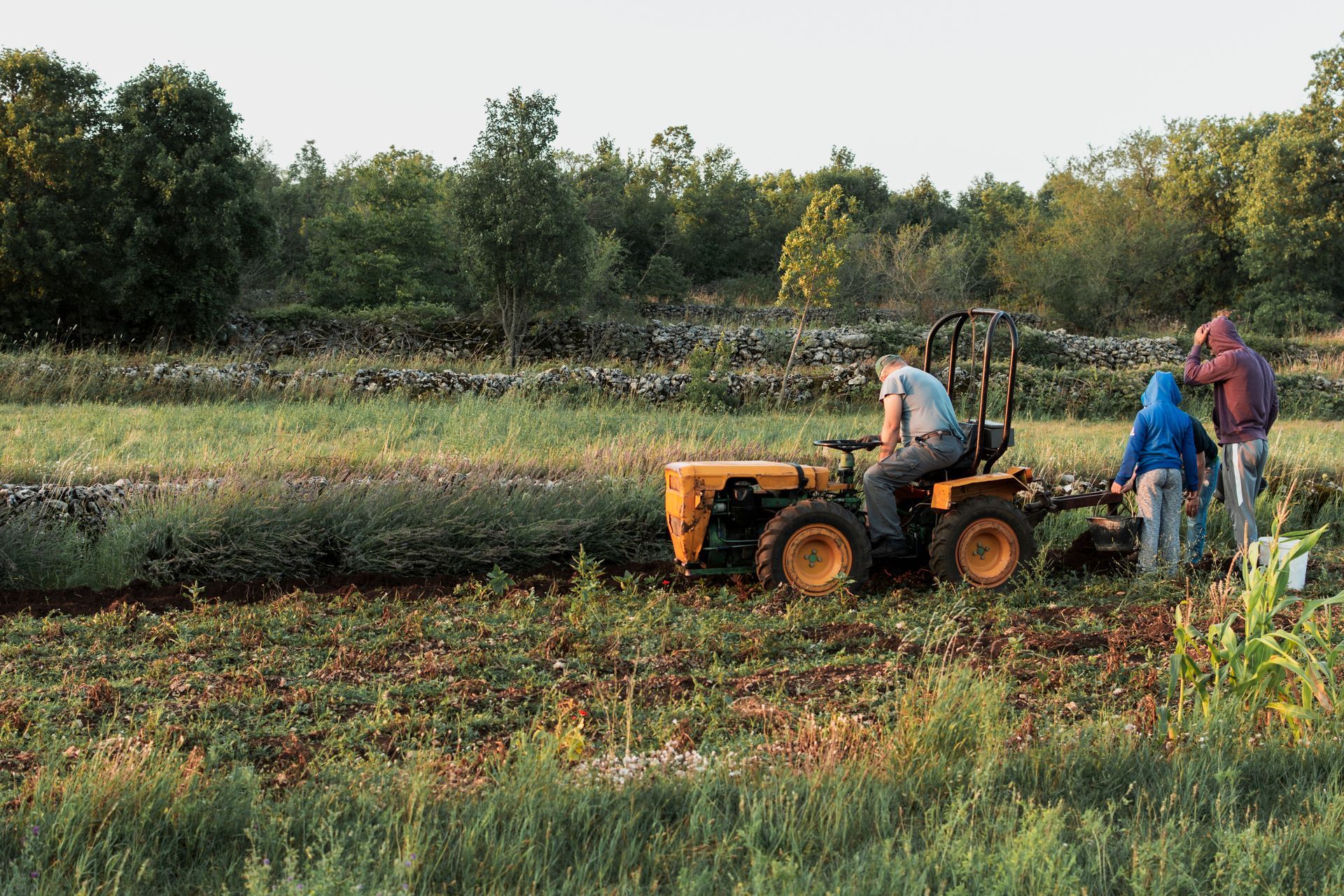What to Do After RSV Exposure: A Quick Health Guide
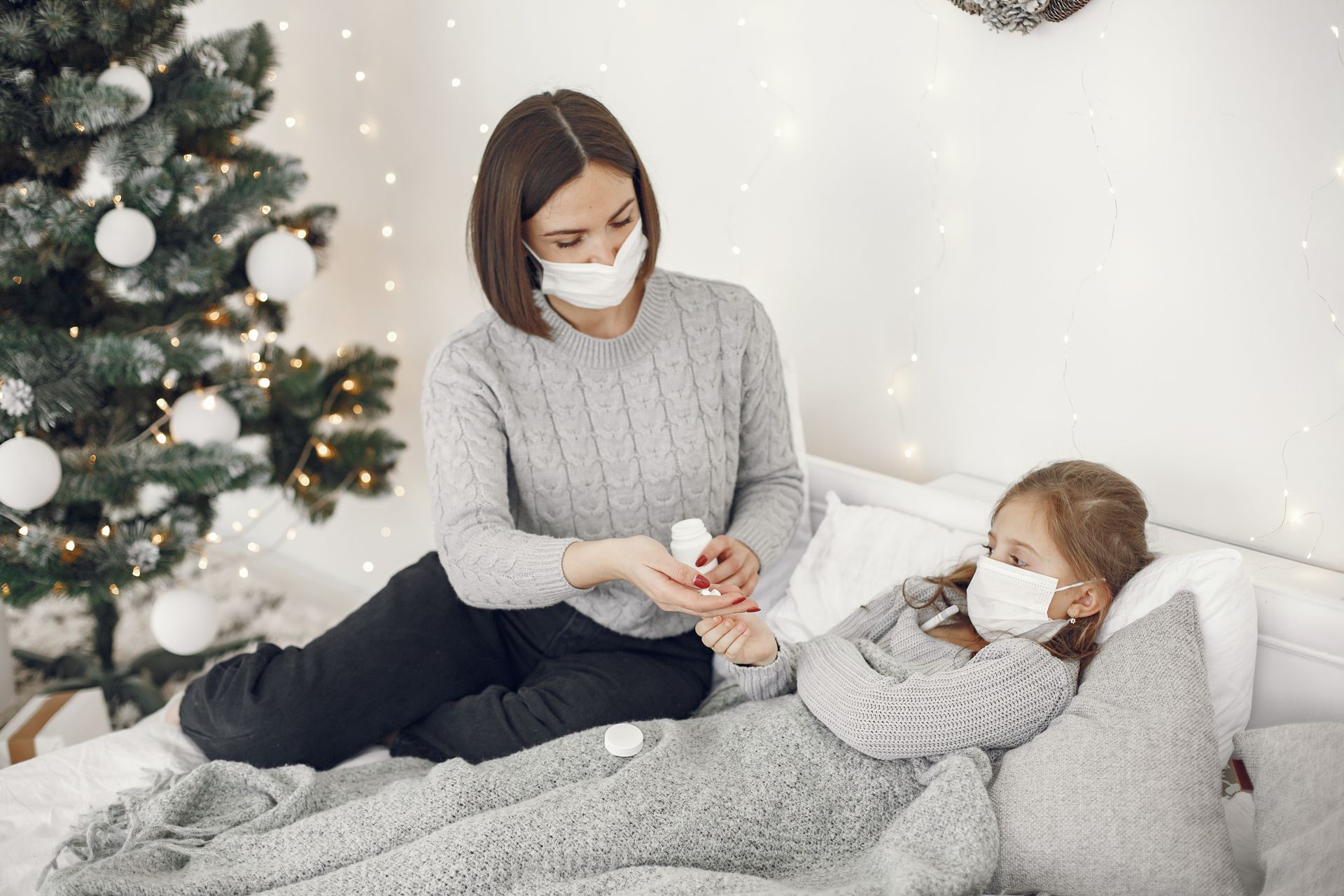
What should you do if you or a loved one got exposed to RSV?
First, don’t panic. While respiratory syncytial virus (RSV) can pose serious risks, most cases are mild. But don’t be too complacent, either. Infants, older adults, or those with weakened immune systems are more likely to develop severe illness. That’s why you need to take extra care if you have vulnerable family members.
At Rural Health Network, we believe that spreading awareness is the key to stifling a spreading virus. Our strategy doesn’t just focus on prevention; we also advise what to do
after
exposure. If RSV made it through your defenses, and whether or not you live with high-risk individuals, this guide is for you.
Don’t Let RSV Catch You off Guard
Understanding RSV Exposure
In RSV exposure prevention, timing and awareness are crucial. Knowing how the virus is transmitted and when symptoms typically appear will help you protect yourself and your family in case of exposure.
What Counts as RSV Exposure?
You have been exposed to RSV if you:
- Spent time within six (6) feet of someone infected with RSV.
- Shared personal items with an infected person.
- Touched a surface after someone with RSV touched it.
- Been in enclosed spaces (like rooms or vehicles) with an infected person.
How Does RSV Spread?
RSV is highly contagious, and it mainly spreads through:
- Respiratory Droplets: When someone with RSV coughs or sneezes, they release tiny droplets carrying the virus into the air, which other people can inhale.
- Direct Contact: Touching, kissing, or shaking hands with an infected person can lead to RSV infection.
- Contaminated Surfaces: The virus can live on hard, frequently touched surfaces like doorknobs and tables for several hours.
Watch Are the Symptoms?
RSV symptoms typically appear 2–8 days after exposure.
| Early Signs (Days 1-3) | Later Symptoms (Days 4+) |
|---|---|
| Runny nose | Wheezing or difficulty breathing |
| Decrease in appetite | Deeper, more frequent cough |
| Mild cough | High fever |
| Slight fever | Decreased activity level |
| Difficulty feeding (in infants) |
Important Note: While these symptoms are common, they may vary from person to person. Infants and older adults are more prone to developing severe symptoms quickly.
Immediate Steps After Exposure
Now that you understand how RSV spreads and the symptoms to watch out for, it’s time to take action. Here’s what you should do right away
1. Monitor for Signs
Keep a close eye on the exposed individual during RSV’s typical incubation period (4–6 days). Pay special attention to the following:
| For Children | For Adults |
|---|---|
| Changes in breathing patterns | Scratchy throat |
| Decreased wet diapers | Nasal congestion |
| Unusual fussiness or tiredness | Mild headache |
| Poor feeding | Fatigue |
Pro Tip: Keep a symptom journal to track changes—it can be helpful if medical attention becomes necessary.
2. Practice Good Hygiene
RSV can circulate easily, but good hygiene can help cut the spread.
- Wash hands regularly with soap and warm water for at least 20 seconds.
- Use alcohol-based hand sanitizer when soap isn't available.
- Clean frequently touched surfaces daily.
- Do not share personal items like cups or utensils.
Bonus Tip: Teaching children proper hygiene helps them develop healthy habits that prevent most respiratory viruses (not just RSV) from spreading.
3. Limit Contact
Managing RSV in rural areas requires reduced interactions (as much as possible) to protect others, especially vulnerable groups.
- Be careful not to come into close contact with people at higher risk, such as babies, pregnant women, or older adults.
- Stay away from high-risk environments like childcare centers or nursing homes.
Remember: These small steps can create a big difference in slowing the spread of RSV.
When to Seek Medical Attention
While the tips above help in many cases, there are times when professional medical care is essential. Here’s what to watch out for:
Red Flag Symptoms
Contact your healthcare provider immediately if you notice these severe symptoms:
- Pauses in breathing (apnea): Long pauses in breathing can be a sign of apnea, especially in infants.
- Bluish or gray skin, lips, or nails: The discoloration may be a sign of low oxygen levels.
- Severe chest retractions: Check if the skin around the ribs or neck visibly pulls in with each breath.
- Persistent wheezing or crackling sounds: If you hear unusual sounds (like wheezing) during breathing, consult your doctor.
- Extreme fatigue or unresponsiveness: An unusually drowsy or non-reactive child warrants a visit to your healthcare provider.
Extra vigilance is a must for high-risk individuals such as:
- Infants younger than 12 weeks: Even mild symptoms can escalate quickly.
- Adults with underlying conditions: Those with heart disease, lung disease, or a weakened immune system are more vulnerable to the severe effects of RSV.
- Those with worsening symptoms: Even after taking initial precautions, symptoms that intensify require medical guidance.
Don’t Hesitate!
If you’re uncertain whether symptoms are severe, consult your healthcare provider or Rural Health Network for advice.
Preventative Tips for the Future
Knowing how to handle RSV exposure is undoubtedly beneficial, but prevention is still best. To reduce the risk of future infections, follow these RSV prevention tips:
1. Stay Updated on Vaccination Options
Recent medical advancements have introduced new ways to protect against RSV:
- Vaccines: RSV vaccines are now available for older adults and those with underlying conditions
- Monoclonal Antibodies: These are designed to protect infants and young children, especially those at high risk.
Ask your healthcare provider whether these options suit you or your family.
2. Strengthen Your Immune System
A healthy immune system is your best defense.
- Eat a Balanced Diet: Include plenty of fruits, vegetables, lean proteins, and whole grains in your diet.
- Get Enough Sleep: Aim for 7–9 hours a night (and more for children).
- Avoid Smoking: Smoking weakens your lungs and makes you more susceptible to infections.
Even minor changes to your daily habits can have a significant impact on your health.
3. Be Aware of RSV Seasons
RSV is seasonal, typically peaking in the fall and winter months.
- Plan Ahead: Take extra precautions during peak seasons. Avoid crowded indoor spaces and encourage good hygiene practices.
- Stock up on Essentials: Keep disinfectants, hand sanitizers, and masks handy during high-risk periods.
We’re Here for Your Health Journey
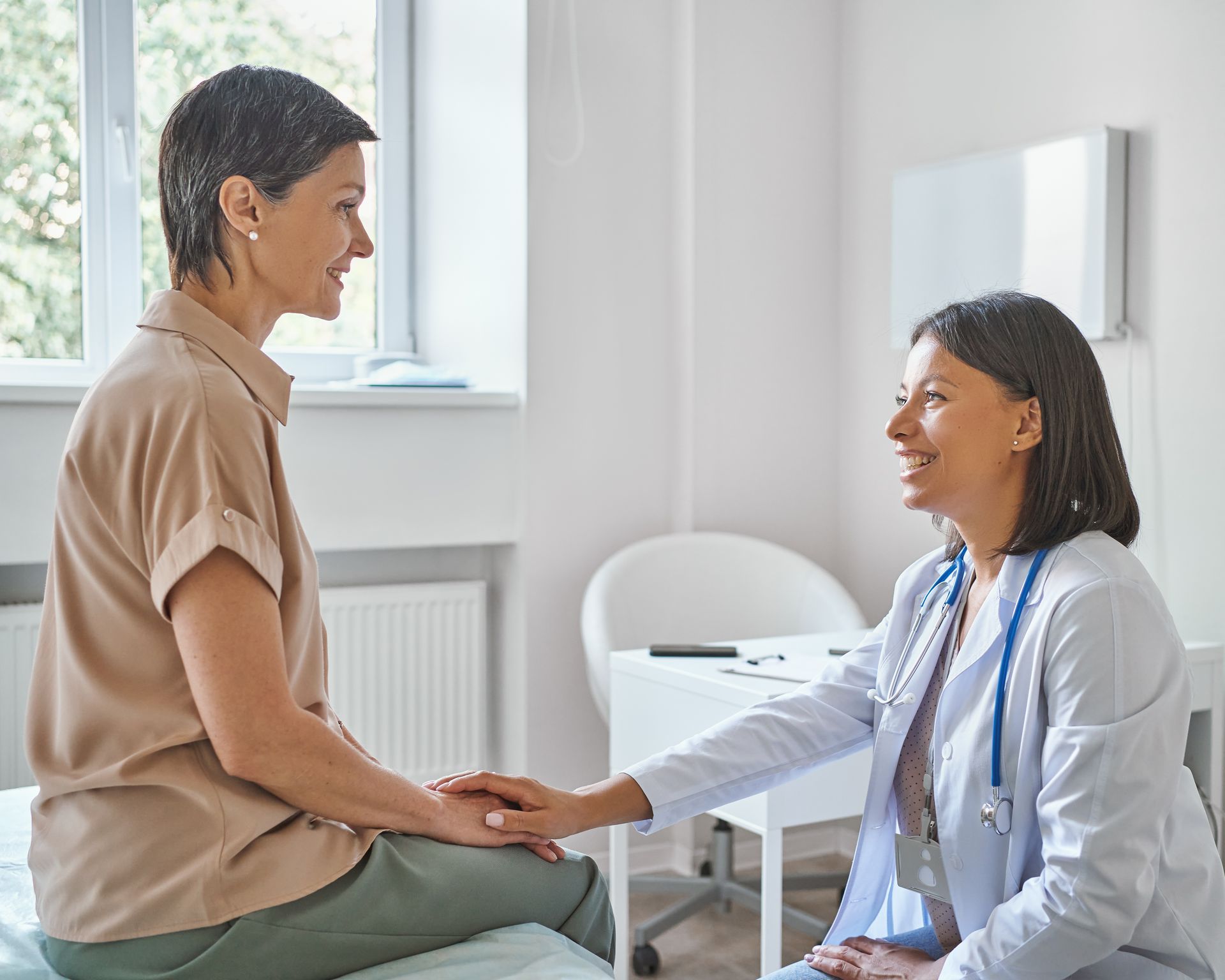
By recognizing symptoms, acting promptly, and taking preventative steps, you empower yourself and your loved ones to overcome the worries brought on by RSV. Remember, you don’t have to navigate this alone.
Rural Health Network’s services are within your reach. Your health is always our priority, and we're committed to standing by your side through every season of life in our community.
Why Choose Us?
- Trusted Expertise: Our team is dedicated to keeping you informed and healthy.
- Comprehensive Care: From routine check-ups to specialized guidance, we’re here to support your family’s needs.
- Your Health Partner: We are your go-to resource for navigating RSV and other health challenges.
Together, we can protect what matters most—the health and well-being of our rural families and neighbors.
RSV Doesn’t Stand a Chance with Expert Care
